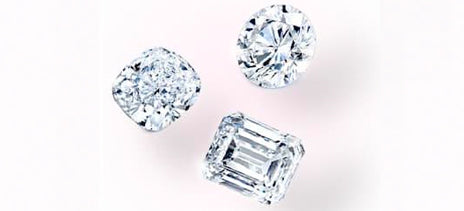
The new diamond age has begun. After decades of research, scientists have finally developed the technology to make fine quality diamonds in a laboratory. That means these beautiful gems are now more accessible for a wider audience.
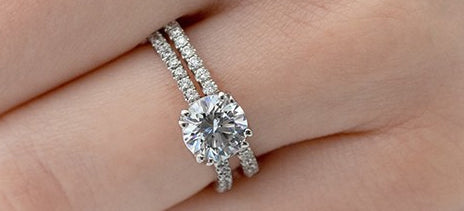
The round brilliant diamond cut, with its 58 facets, pointed culet, and optimized proportions is the culmination of hundreds of years of perfecting the art of diamond cutting. Yes, the round brilliant is that good.
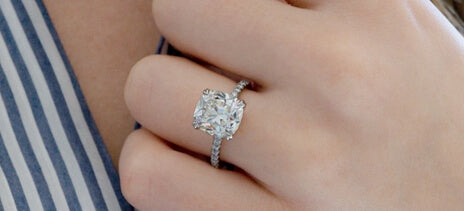
There is more variety in cushion cut diamonds than in any other diamond shape. Each cushion cut diamond has its own individual personality.
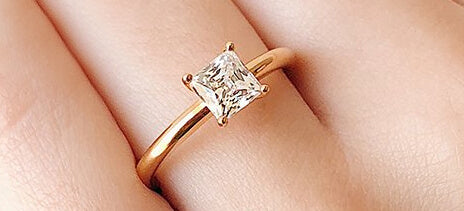
There’s something so crisp and modern about the straight edges of a princess cut. It has excellent fire and brilliance and the facet pattern is forms beautiful lines that emphasize the square shape.
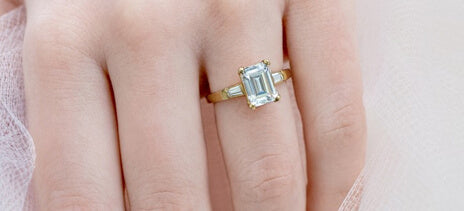
Although the quality factors used to evaluate emerald cut diamonds are the same as the 4Cs of round brilliant diamonds, you will probably want to make different choices when you are shopping for emerald cuts.
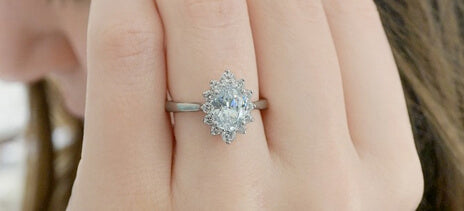
Besides their magical finger-lengthening silhouette, there is a lot to love about oval-shaped diamonds. They have a lot of brilliance and their curved shape means they are very durable, with no points to chip.
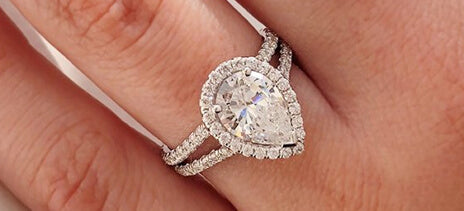
Half round brilliant, half marquise shape, all drama: pear shaped diamonds are the perfect choice for lively and adventurous women who don’t mind being the center of attention.
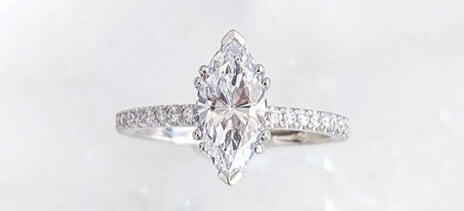
The marquise appeals to women looking for something different. This elegantly elongated diamond shape is an enticing combination of soft and sharp, with its graceful curves and narrow pointed tips.
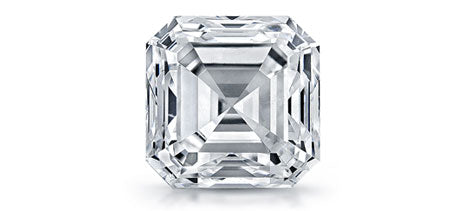
Although most people think of the Asscher as a variation of the emerald cut, you could argue that the Asscher came first. The earliest faceted diamond shapes, the table cut, was square, not rectangular.
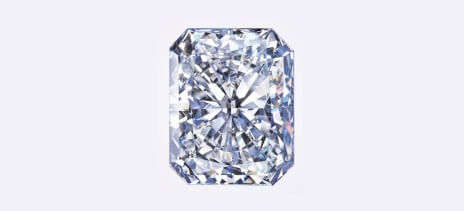
Love the octagonal shape of an emerald cut but also the sparkle of a round brilliant? Your diamond shape is the radiant cut! This innovative cross between those two more well-known diamond cuts lets you have your cake and eat it too.
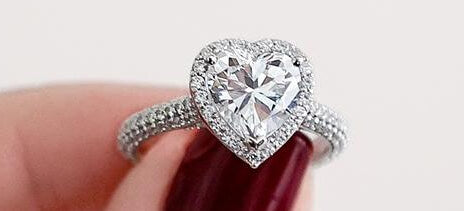
Like a brilliant valentine that lasts forever, heart shaped diamonds are a grand gesture of romance. But true love isn’t easy. The heart shape is the most difficult of all diamond shapes to cut.
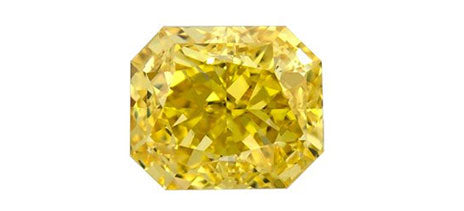
Like sunshine on a summer day, fancy yellow diamonds have all the brilliance and fire of white diamonds with a fresh squeeze of juicy lemon color. Fancy colored diamonds are rare and luxurious as well as beautiful: only one in 10,000 diamonds qualifies as fancy color.
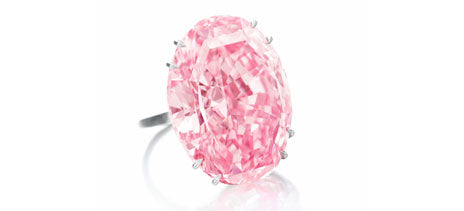
Pink diamonds are in the news: breaking records at auctions, turning heads in million-dollar celebrity engagement rings, and being named “the world’s hottest gemstone” by The New York Post.
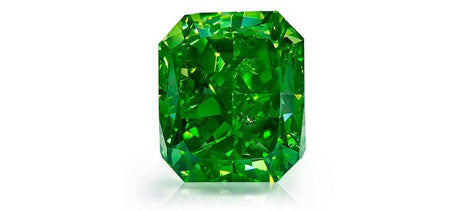
For diamonds, it’s not easy being green. Diamonds with a vivid green color, like the one shown here, are very rare. There are only about 300 examples in the world above one carat in size.
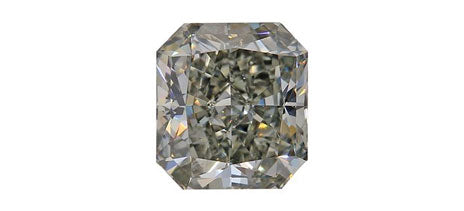
There are many more than 50 shades of gray diamonds, from the palest platinum gray to dark charcoal and every shade in between.
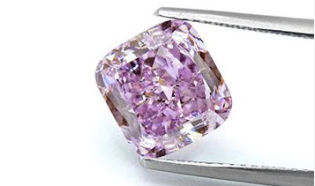
Purple and violet diamonds are exceedingly rare. In fact they are so rare that a pure purple diamond of only 1.99 carats recently sold at auction for $673,000.
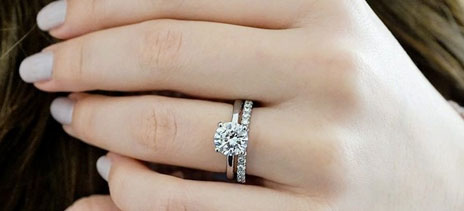
Should you choose an eternity ring? Or a shadow band? Or a traditional wedding band? We are here to walk you through the options so you can choose the ring that suits you and your engagement ring best.
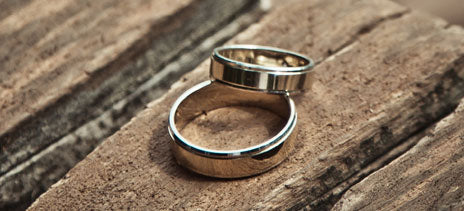
There are now many more men’s wedding band options to choose from, from classic to traditional with a twist to completely contemporary. At RockHer we have 592 different styles and we also can custom create any design you like.
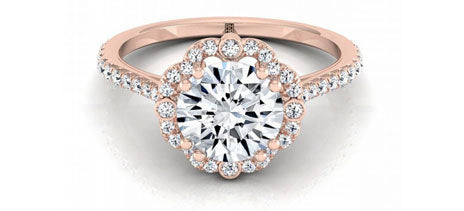
Today rose gold is popular in diamond engagement rings, wedding bands, and a wide range of fashionable fine jewelry.

The journey of your diamond begins a billion years ago a hundred miles deep in the earth’s crust. The pressure is so intense, 45,000 times the pressure at sea level, that atoms of carbon crystallize into diamond, the hardest material on earth.
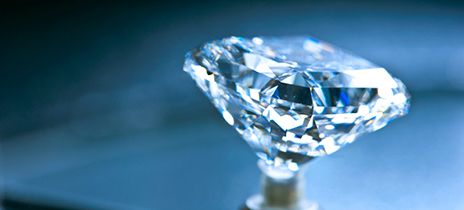
The journey of a diamond from rough to the sparkling gem on your finger is surprisingly complex, using technologies developed over centuries.
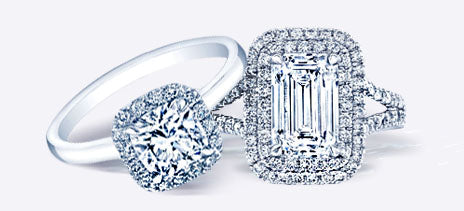
Find out more about the different styles of engagement rings in order to pick the perfect one. From vintage to modern and halo to solitaire, this guide will help you find the style and shape best suited for your love.
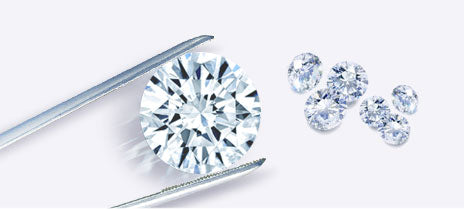
Learn all about the 4C's and how they can help you select the perfect diamond. Cut, color, carat and clarity will explain the process of how a diamond is graded from start to finish.
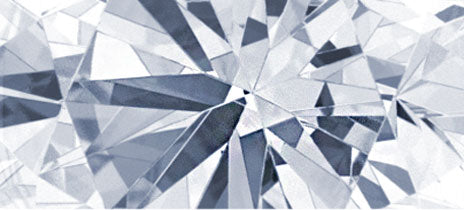
This advanced education page will go further into detail about the history of diamonds and the science behind the industry's past, present, and future.
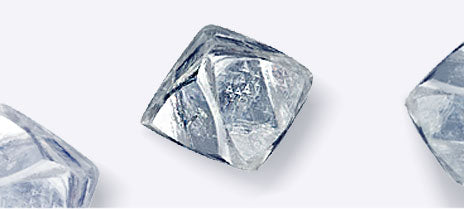
Diamonds are meant to sparkle and shine. From cut to mounting, we will explain the processes a diamond has to go through in order to shine at its maximum capacity.
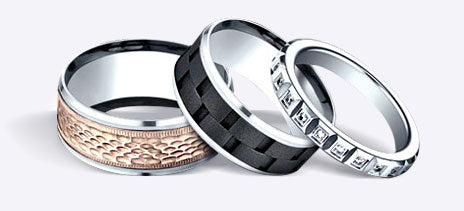
Whether you want to match your band to your engagement ring or choose to buy something more ornate, we will help you find the right match for both you and your partner.
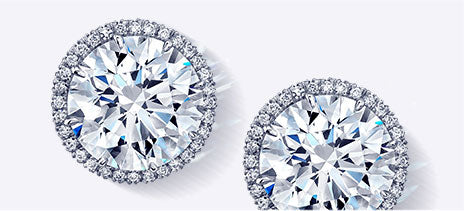
The quality of jewelry craftsmanship is in the details. We take a closer look at the small differences that add up to true heirloom quality jewelry that will be enjoyed for generations.
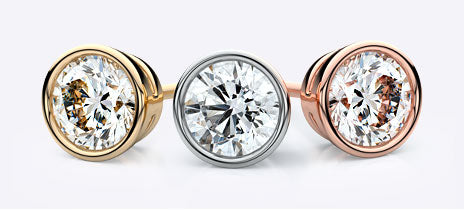
Read more about the differences between white gold, gold, platinum, and palladium to make an informed decision about which metal is right for you.
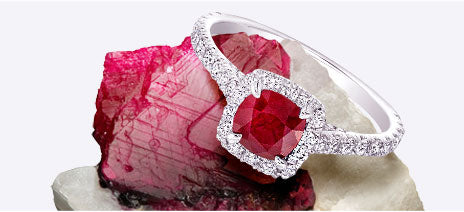
Here you will learn everything you need to know about gemstone jewelry. From Ruby to Sapphire, this section will help you find the ideal stone for your taste and budget.
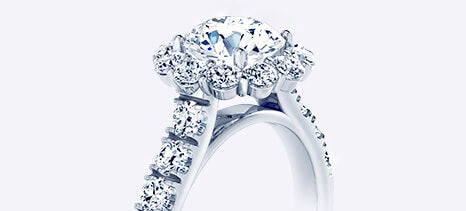
From solitaire to halo to three-stone, this guide to the most popular ring styles and the women who love them will help you make the right choice of engagement ring setting for a ring she’ll love forever.
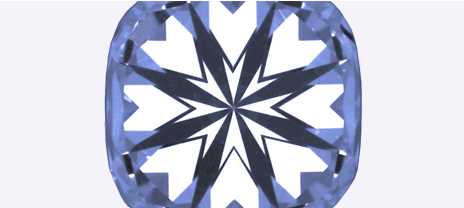
If you want the highest possible level of diamond craftsmanship, you want a Hearts & Arrows Diamond: a diamond cut with such precise symmetry that it displays a distinct pattern under a special viewer, demonstrating its superior light performance.
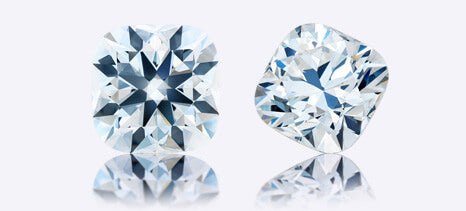
The RockHer Brilliant Cushion is a square cushion that’s brilliant cut to ideal proportions with so much precision it is noticeably whiter and brighter than both the standard cushion brilliant and the standard modified cushion brilliant.
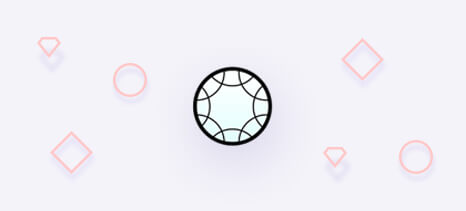
Match with ROSI, our diamond-picking algorithm based on IBM's Watson.Find the best diamond you can from any site or store and then take our challenge. Then challenge ROSI to run the numbers and find you a more beautiful diamond that's a better value too.
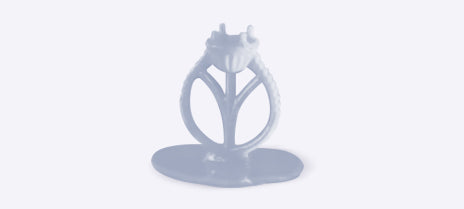
At RockHer, we make each ring we sell from scratch to fit both your diamond and your finger. Making your ring to order in our Los Angeles workshop means we can tailor every detail to fit you and your diamond perfectly.
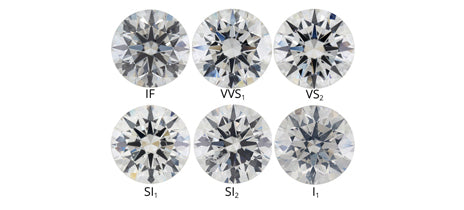
To evaluate diamond clarity, graders examine diamonds under 10x magnification and determine the number, size, relief, nature, and position of inclusions and whether they affect the overall appearance and durability of the diamond.
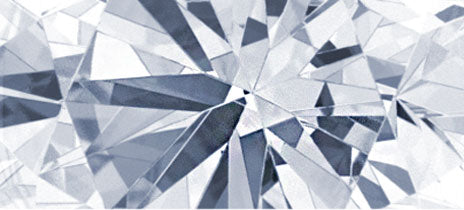
Today it’s hard to imagine buying diamonds without the 4Cs, the handy mnemonic device GIA created to describe diamond quality, and the familiar diamond color grades. But the diamond color scale is a relatively recent invention created in the 1950s by the Gemological Institute of America.

The first thing we notice about a diamond engagement ring is its size. But diamonds are sold by weight, not size. Diamond carats are a unit of gem weight that’s equivalent to one-fifth of a gram. In other words, a five-carat diamond weighs one gram.

Diamond fluorescence is one of the most controversial aspects of diamond quality and value. It’s bad for diamonds. Except for when it’s good. It makes a diamond worth less. Except for when it makes it worth more.

When is a diamond not a real diamond? When it’s a diamond simulant! These pretenders do their best to imitate the look of a diamond but are much less valuable. Some do a much better job of simulating a diamond. Here’s what you need to know about the most common diamond imitations.

Icy white. Transparent as water. Harder than nails. Billions of years old. Diamonds are the most sought after gems on earth. But what really makes a diamond special is the way it handles light. That’s what makes diamond the king of bling. Nothing is as brilliant as a diamond. So what makes a diamond sparkle?

Even if you know a lot about diamond quality, buying a black diamond is almost as opaque and mysterious as the inky gems themselves.In almost every way, black diamonds are the opposite of traditional colorless diamonds. They are colorless diamond’s goth cousin: dark instead of bright. Colorless diamonds are for everyone. Black diamond engagement rings are for women who aren't like anyone else: rebels, iconoclasts, and trendsetters.

There’s no doubt about it. Diamonds are expensive. Diamonds cost more than gold or platinum. A lot more. So why are diamonds so expensive? I know there are a lot of blog posts out there saying that it’s all a conspiracy by big bad De Beers and jewelers who mark up diamonds 200%. I hate to break it to you but neither one of those things are true.

Everyone tells you the same thing. Don’t buy a diamond without a certificate. You definitely need a certified diamond. What does it say on the diamond cert? Does your diamond have GIA certification? What’s on the GIA cert? There’s just one problem with all that good advice. There is no such thing as diamond certification.

When you buy a house, it comes with a deed that details the measurements of your property. Your car has a title and registration. You also need documentation for your diamond engagement ring.

Cut is the most important of the 4C's. The quality of a diamond’s cut is what makes it flash with brilliance, fire and scintillation and dance with light. Judging the quality of a diamond’s cut is the most complicated of the 4Cs too. It requires evaluating the way a diamond’s proportions, symmetry, and craftsmanship affect the way it sparkles.

Diamonds without eye-visible inclusions are rare. So it’s not surprising that people have worked on ways to make diamonds with ugly inclusions look a little better. The most common way to treat diamonds to improve their clarity is by using lasers.
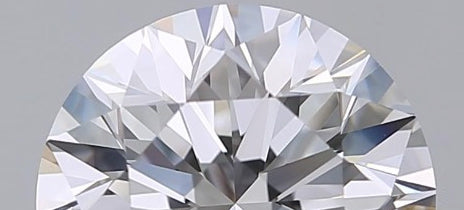
When would you be happy to receive a D grade? When you’re grading the color of your diamond, of course! D is the highest colorless diamond grade and the ultimate colorless gem. D color diamonds are the pinnacles of icy colorless perfection. Why do we say colorless diamonds and not white diamonds? Colorless diamonds are transparent like water, not reflective like a white paint chip.
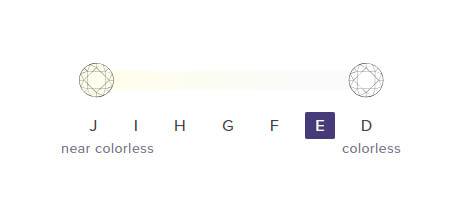
Colorless, icy, and bright, E color diamonds are almost at the top of the standard diamond color scale. If you think of diamond color grades as a mountain, the pinnacle belongs to D-color diamonds, the rarest of the rare. E-color diamonds are also rare, also colorless, just, you know, not quite as much. You might think that means they are often overlooked. You would be wrong.
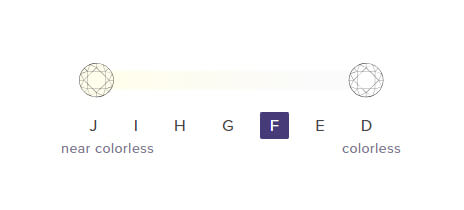
F-color diamonds are in demand because they are colorless: the most common (and most affordable) of the truly colorless diamond grades.
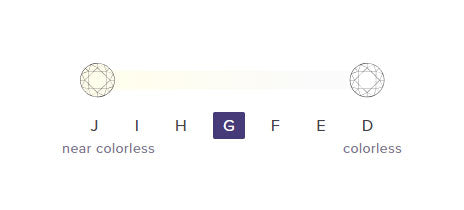
G-color diamonds are in demand because they are colorless: the most common (and most affordable) of the truly colorless diamond grades.
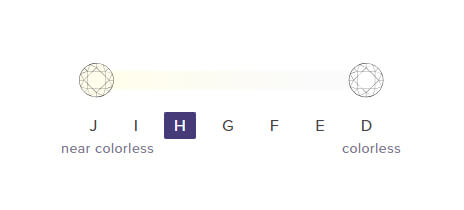
If you have an unlimited budget, buying a diamond is easy: just get a 15-carat D Flawless in your favorite shape. Done. For the rest of us, it’s a balancing act: where do you compromise to get the best possible diamond for your budget?
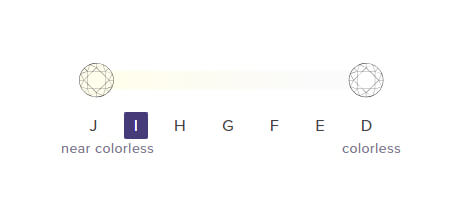
Diamonds in the near-colorless part of the D-to-Z diamond color scale, are in the Goldilocks zone of diamond color: not too expensive like D, E & F colorless diamonds, but not noticeably off-white like K,L & M faint color diamonds. The value that near-colorless diamonds represent is just right.
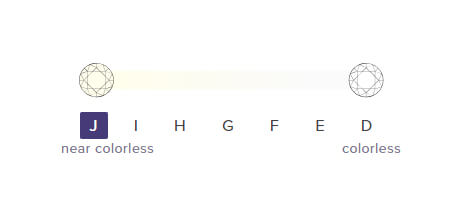
If you want a classic colorless white diamond, you probably are shopping in the near-colorless section of the standard D-to-Z diamond color grading scale. Near colorless diamonds have color grades of G, H, I and J.
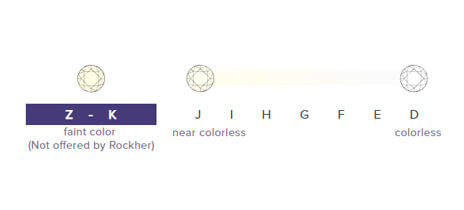
If you’ve been researching diamond quality online, you probably haven’t read many experts recommending K color diamonds. There’s a good reason for that. Because K-color is categorized as a diamond with faint color, it won’t be mistaken for a colorless diamond like a G or H color grade might.
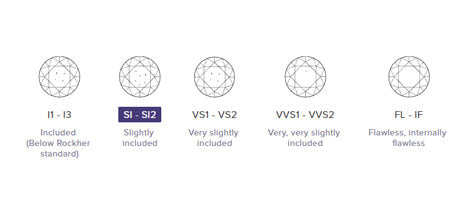
We’ve certainly seen SI1 clarity diamonds that are beautifully eye clean. But we’ve also seen many that have inclusions you can see with your naked eye. And that’s the dilemma of SI1 diamonds in a nutshell: sometimes they are a great value and sometimes they are disappointing. That’s why we hesitate to recommend that you buy one.

Here’s where it can start to get ugly. In general we don't believe that paying a premium for high diamond clarity grades is worth the trade-off. But we have to draw the line somewhere. And that line is generally in the middle of SI2 clarity.
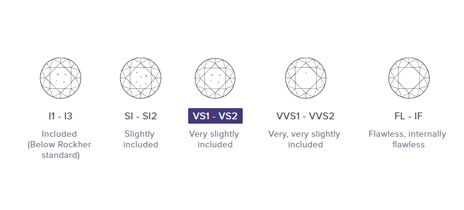
The best Very Slightly Included diamonds, that is diamonds with a VS1 clarity grade, have a lot of fans. Why? They don't have any inclusions that you can see with the naked eye. And yet they are much more affordable than diamonds with an IF or VVS clarity grade.

When you are buying a diamond, how much do inclusions matter? They matter a lot if you can see them. But a lot of diamond clarity distinctions are completely invisible to the naked eye.
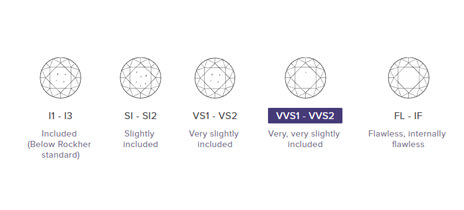
Diamonds are earth’s hardest substance: brilliant transparent crystals that are close to perfect. So close to perfect, in fact, that the tiny imperfections that distinguish them from one another are often so small that they can only be seen under magnification.

Inside every diamond are microscopic time capsules: crystals from the deep earth, tiny cleavages from the pressure, and atoms trapped with the diamond when it formed billions of years ago.
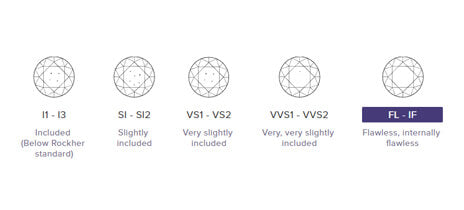
It’s not easy being a diamond. After forming deep within the earth under tremendous heat and pressure and then riding a volcano of molten rock 100 miles up to the earth’s surface, you are going to show your age. Especially when your age is a billion years or so.
